San Diego Comic-Con Still Reigns
“Hey, it’s the second-best writer at Newsarama.”
To her credit, Vaneta did not hit me. She turned around, saw it was me, and gave me a hug. Then she hit me (okay, just in the shoulder). We were on the crowded main floor of the 2007 San Diego Comic-Con. We talked briefly about what we were covering; I was pulling double-duty, working for both Newsarama.com and as an associate editor for Fangoria Comics, a spin-off of the vaunted horror magazine. I’d spent so much time working on Fangoria stuff and making connections to get there from the Midwest that I hadn’t really paid attention to other things that were going on, aside from what I’d be assigned to cover.
Then Vaneta said, “Downey’s here.”
That surprised me a little. We all knew that Robert Downey Jr. had been cast as Tony Stark in the forthcoming Iron Man, but I was still a little surprised that he would hit the show. Sure, other actors and directors had done the same thing in previous years (in fact, Robert Rodriguez was there that year for his and Quentin Tarantino’s Grindhouse), but this seemed different. It was indicative of the changing perception of what SDCC was, both to the entertainment industry and the outside world.
Flash-forward to today: Comic-Con International: San Diego marked its 50th year in 2020. What should have been a grand celebration instead had to shift online under the specter of COVID-19. Nevertheless, the fact that the event adapted and continued is a tribute to its pioneering spirit and its ability to change, morphing from a one-day show called the Golden State Comic Book Convention in March of 1970 before trying out a three-day format 50 years ago this week.
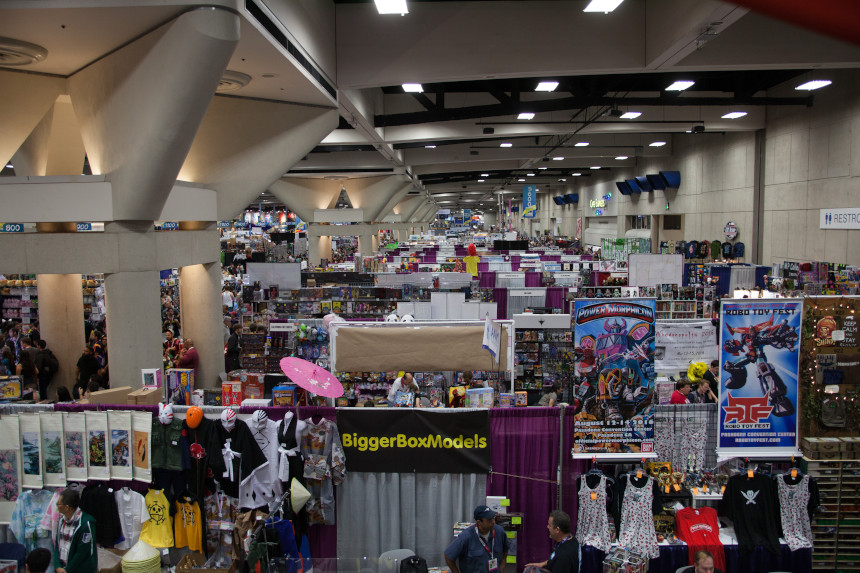
The original show was founded by Shel Dorf, Ken Krueger, Mike Towry, Richard Alf, Bob Sourk, Greg Bear, and Barry Alfonso. Dorf had run some of the first comic book conventions in the 1960s in Detroit before moving to California. The March 21, 1970, Golden State Comic-Minicon was Dorf’s notion of a test flight for a larger show. The Golden State Comic-Con ran from August 1 to 3, 1970. Total attendance was around 300 people.
As the show grew, it shifted through different venues and underwent a series of name changes. It was San Diego’s West Coast Comic Convention in 1972 before becoming San Diego Comic-Con in 1973. Since 1995, the event has been properly called Comic-Con International: San Diego, though many still refer to it as San Diego Comic-Con, SDCC, or, simply, San Diego. (If you say San Diego in a comic book store, they know you aren’t talking about the Padres.) The event itself is organized as a non-profit, and owns registered trademarks on the phrases “Comic-Con” and “Comic-Con International,” which has led to several other shows changing their names in the past several years (with “Comic Convention” or “Comic Fest” being the most frequent substitutions).
From the outset, the founders intended the show to be more than just comics. Creators and fans of science fiction and fantasy literature and film were welcomed from the beginning. In fact, co-founder Bear is an award-winning genre author of more than 50 books. In 1976, Roy Thomas and Howard Chaykin went to the show to promote a new Marvel comic that they were doing, an adaptation of a film that was due out in 1977. They only had a few stills to show to a tiny crowd. Still, it did make the attendees excited about that new movie. It was called Star Wars.
Over the years, as comic shops proliferated, the business boomed, and books like The Uncanny X-Men began to move insane numbers in the 1980s, San Diego got bigger and bigger. What was once an event that attracted 300 people began to attract thousands, then tens of thousands, then one hundred thousand. The mix of fans, creators, exhibiting companies, cosplayers, and occasional film and TV personalities made a potent brew. For years, the show has hosted both the Inkpot Awards, given to outstanding contributors in the genre fields, and the Will Eisner Awards, which are essentially the Oscars of comics. Yes, there were and are other fine conventions around the country, like North Carolina’s Heroes Con or Mid-Ohio Con or New York Comic Con or Chicago’s C2E2, but there has only ever been one San Diego.
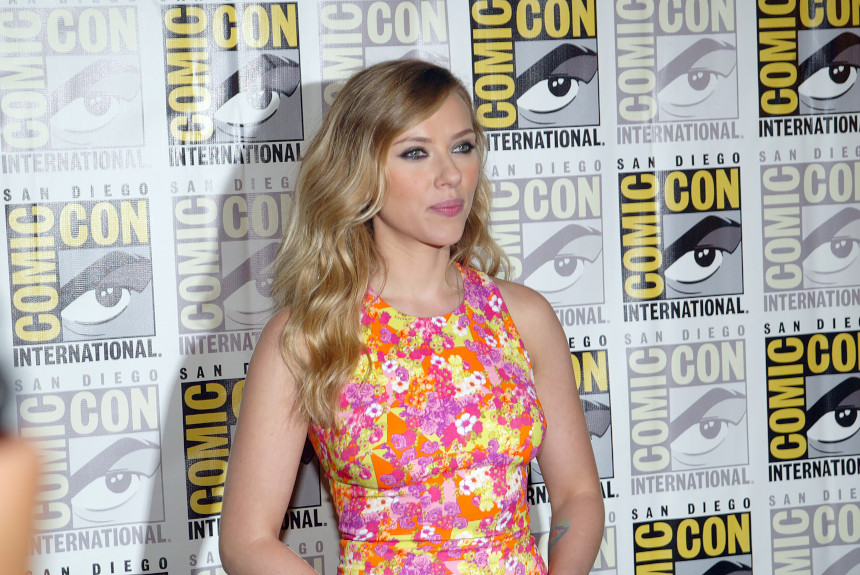
I’d attended or worked at other cons before, but when I got the chance to go to San Diego, it was different. I felt like I was commuting to the beating heart of the pop culture universe. It was a veritable sea of people (attendance was reputedly 125,000 in 2007). It took almost thirty minutes to walk from one side of the main room to the other, and that’s if you didn’t stop. Fangoria hosted actor Michael Madsen (Reservoir Dogs, Kill Bill, etc.) for a signing that year, and I took one of his sons out on the show floor to shop for Star Wars toys. We went to parties for Troma Films and Rue Morgue magazine. A couple of Fango friends and I caught a ride with Ken Foree, the star of George Romero’s horror classic Dawn of the Dead. We exchanged pleasantries in a hotel lobby with Buffy the Vampire Slayer creator Joss Whedon (ironic considering that the MCU was launching that weekend and he’d be back in a few years, announced by Downey as the writer and director of Avengers). It was most certainly surreal.
The unique thing about my SDCC experience is that there was almost nothing unique about my experience. The show is a bright, candy-colored circus for almost everyone who goes. Yes, conventions in general have struggled with issues related to cosplayer safety, and San Diego in particular can be a nightmare when it comes to securing hotel rooms and admission, but the fact remains that as an entity, there’s not much that’s quite like it.
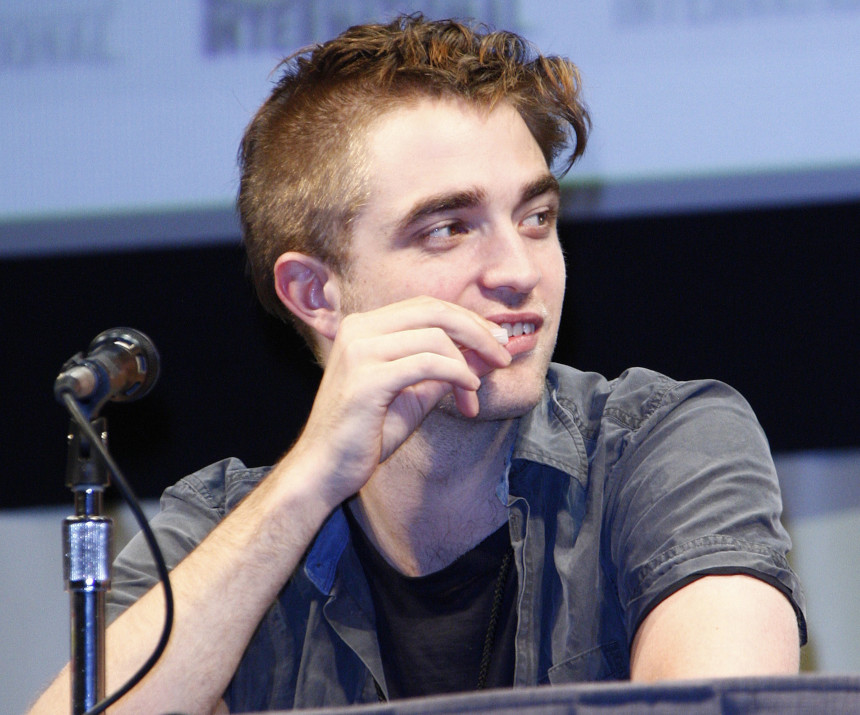
In 2008, which I did not attend, the Twilight Saga made a big splash. A panel for the second film, The Twilight Saga: New Moon crammed 6,000 attendees to see clips from the film and a panel with the cast. Over the next few years, attending fans of that series increased in numbers, leading to grumbling in some quarters about a perceived dilution of the show. Really, though, the disgruntlement seemed to be based on two things: the clogged exhibit hall areas caused by fans trying to jockey for position many hours ahead of the panel (which, okay, fair) and the fact that Twilight appealed primarily to women and girls (absolutely not fair at all). The success of Twilight at SDCC actually proved that the show could be a bigger tent and welcome fans of diverse genres and properties, as well as diverse fans.
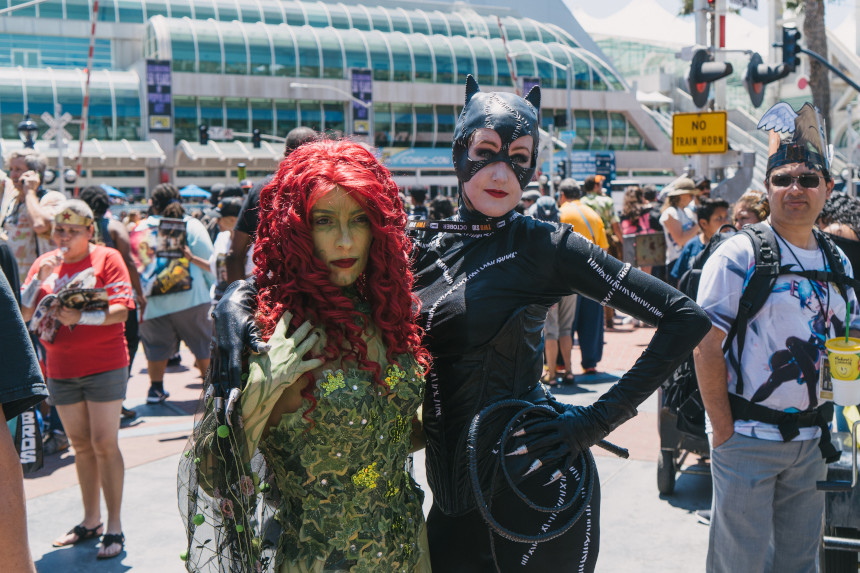
It might be fair for hardcore comic fans to feel a bit like the comics themselves have been marginalized at the show. The biggest reserves of press coverage focus on movie announcements and actor appearances. It’s a hard place to launch a new comic, as a vacuum of overwhelming P.R. tends to swallow smaller pieces of information. But looking too hard in that direction is a denial of the success that the show has become. That stuff that you liked, that stuff that you might have been made fun of for loving? Lots and lots of people like that stuff now, too. Celebrate that, instead of being put off by the fact that more and different people are at the show.
As you know, crowding wasn’t the problem this year. SDCC mounted “Comic-Con@Home,” a virtual effort with remote panels, online exclusive products, watch parties, and more. It was a valiant effort that contained some great virtual events, but of course, not the same. If all goes well in the world, it’s possible that Comic-Con International: San Diego could return next year. The important thing about this show is the same thing that is important about GenCon or any other celebration of fandom: it’s cool to love what you love. And it’s cool that other people get to, too.
Featured image: Sarah Mertan / Shutterstock
What We Can Learn from Gen Con
No one place is perfect. No large gathering or event is 100 percent without its troublemakers or people that negatively impact someone else’s good time. But for the 70,000 or so people that attended Gen Con in Indianapolis this past weekend, you’d be hard pressed to find a group that, en masse, found so much peaceful enjoyment in the commission of something that they loved.
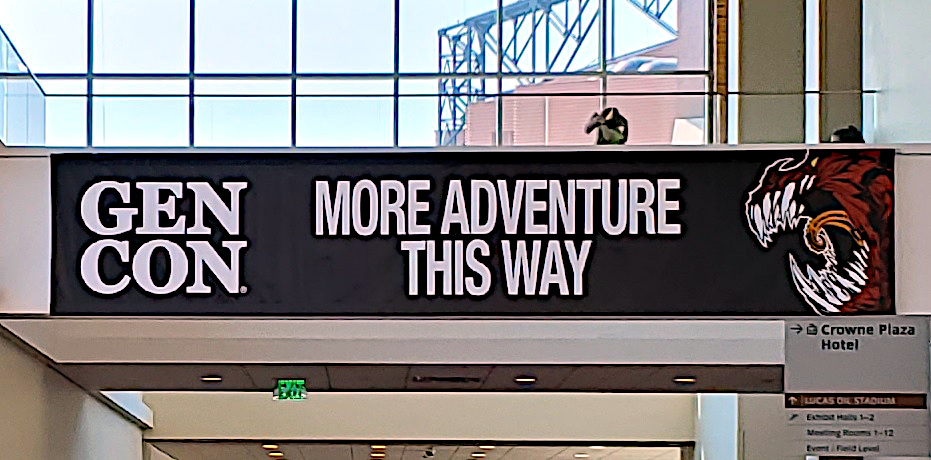
For the uninitiated, Gen Con is “the longest-running and best-attended convention for tabletop gaming in North America.” Founded in 1968 by Gary Gygax, the co-creator of Dungeons & Dragons, as the “Lake Geneva Wargames Convention,” the original convention was held in Lake Geneva, Wisconsin. The main location remained in Wisconsin (with “auxiliary” installments occurring in other cities and countries) until 2003, when the regular annual spot switched to Indianapolis. Gen Con celebrates games of all types (board, card, miniature, role-playing, you-name-it), and its attendees are as passionate a group of fans as you’ll find anywhere.
While video, computer, and app-driven games continue to be huge business around the world, so-called “hobby games” have been experiencing a resurgence for the past several years. Pop culture site ICV2 found that the category pulled in over $1.5 billion last year, and the industry sales have doubled since 2013, with crowdfunding sites like Kickstarter helping to drive the discovery and sales of new games.
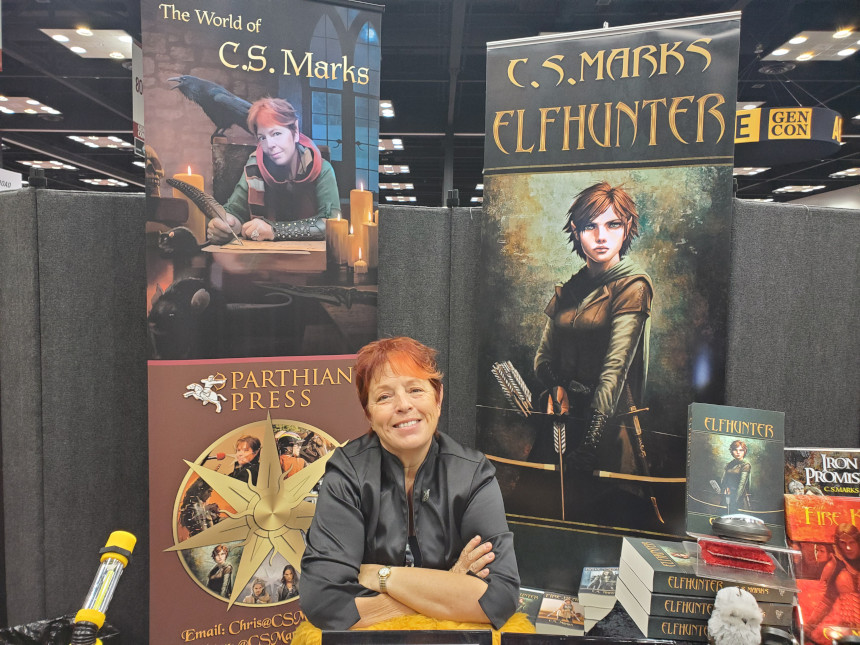
Role-playing games have also been having something of a cultural moment. Whereas TV shows might have used D&D for a joke in the past, popular shows like Stranger Things have made the game a big part of their characters’ lives. Celebrities like Vin Diesel regularly talk about their love of RPGs, too. Perhaps no bigger booster of D&D exists than True Blood/Magic Mike actor Joe Manganiello. After his wife, Modern Family star Sofia Vergara, hilariously outed him as a gamer on the 2017 Emmys red carpet, Manganiello quickly became one of D&D’s biggest ambassadors. In addition to fun appearances on talk shows, the actor started a RPG-related clothing line and created a gaming library and program for kids at the Children’s Hospital of Pittsburgh. Earlier this year, Manganiello’s character, Arkhan the Cruel, whom he’d played since he was as teen, was made part of official D&D canon by the game’s publisher, Wizards of the Coast.
Joe Manganiello and Stephen Colbert talking D&D on The Late Show with Stephen Colbert. (Uploaded to YouTube by The Late Show with Stephen Colbert.)
Manganiello’s story may be well-known, but it’s by no means unique. Gaming in all of its forms is a community. It encourages people to come together for a common purpose of enjoyment. Gen Con is the ultimate expression of that idea. Instead of several people meeting for game night, it’s thousands congregating for hundreds of games on-site.
Ryan Lybarger, a long-time gamer and co-founder of Utility Games, attributes much of the appeal and happy vibe of Gen Con to the fact that it’s so many things in one. He says, “I don’t know about anyone else, but for me, it’s because I’m surrounded by people doing what they want to do with no concern for what anyone else thinks. Cosplayers rocking obscure characters? Check. [Table-top] RPGers finding the perfect zinc-alloy d20? Check. Learning how to write better at a seminar? Yup. I imagine a lot of folks have to hide who they really are on a daily basis; at Gen Con, you’re never the weirdest person in the room. And everybody is okay with that.”
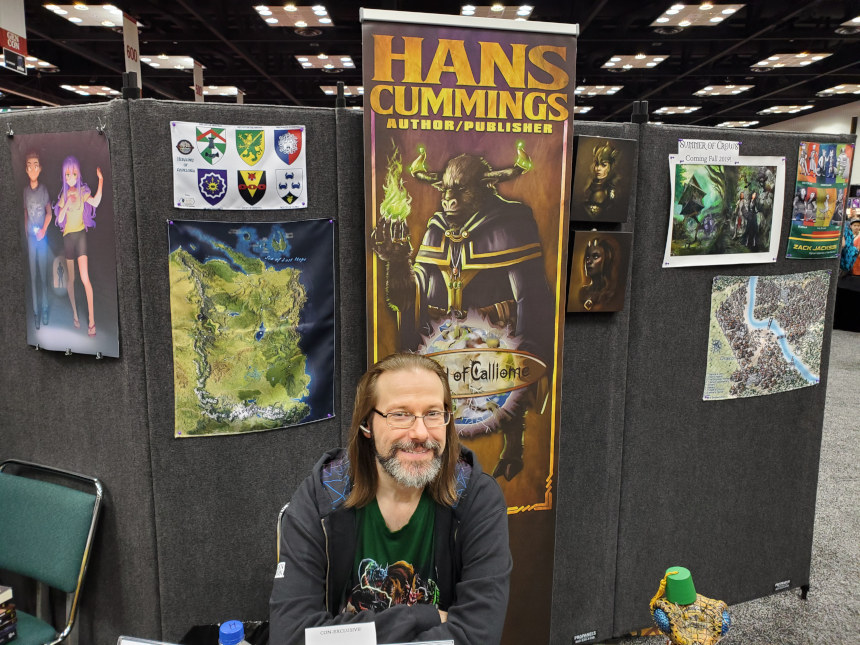
Lybarger certainly nails the “something for everyone” aura of the event. Tournaments and play-testing for innumerable games run constantly. Fantasy and science-fiction authors like Hans Cummings and C.S. Marks greet their fans. Highly regarded artists, like D&D and Dragonlance legend Larry Elmore, sign their work while producing new material at their booths. Vendors offer everything from medieval gear to Funko Pop figures. The biggest companies on the planet (like Mattel) have booths alongside start-ups that just put out their first game. It’s a swirling panorama of stuff that, for its devotees, is pure enjoyment.
Gen Con also exists as a nexus of different types of fandom. Anime, comics, and film characters are heavily represented in cosplay. Star Wars: Legion, a miniatures game, was very popular on the playing floor. Cryptozoic debuted and sold their DC Rebirth deck-building card game. Media tie-ins abounded.
However, perhaps nothing made as big a splash at the show as the announcement and demos for Marvel: Crisis Protocol, a new Marvel-based miniatures game from Atomic Mass Games. The game combines the hobby aspects of miniatures gaming (like painting the figures yourself) with a comprehensive game involving a wide range of familiar Marvel characters and terrain pieces.
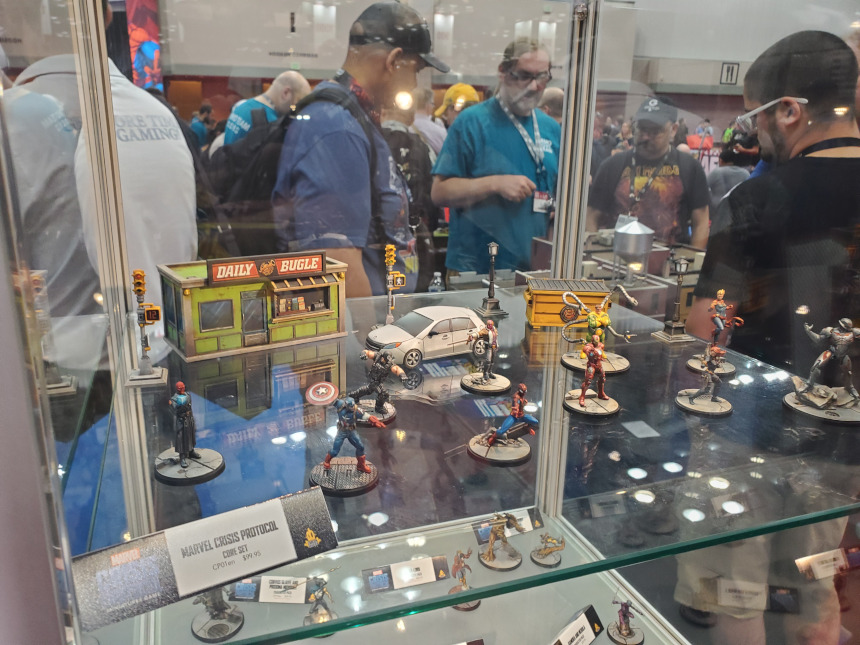
As a whole, Gen Con exceeds its stated mission of being the best weekend in gaming. As Lybarger says, “[Gen Con is] greater than the sum of its parts. A trade show, by itself, would be okay. A game auction, by itself, would be fun. Hours of gaming, by itself, would be a blast. Add it all together, throw in seeing friends from far away . . . it’s bigger on the inside.”
And maybe that’s the most important thing. Over Gen Con weekend, Indianapolis was deep in throes of road construction that had been delayed by a rainy midsummer. As the fans descended on the town, important highways that led into downtown were closed, as was a vital street in the center of the city. It was inconvenient on a number of levels. And almost no one was complaining about it.
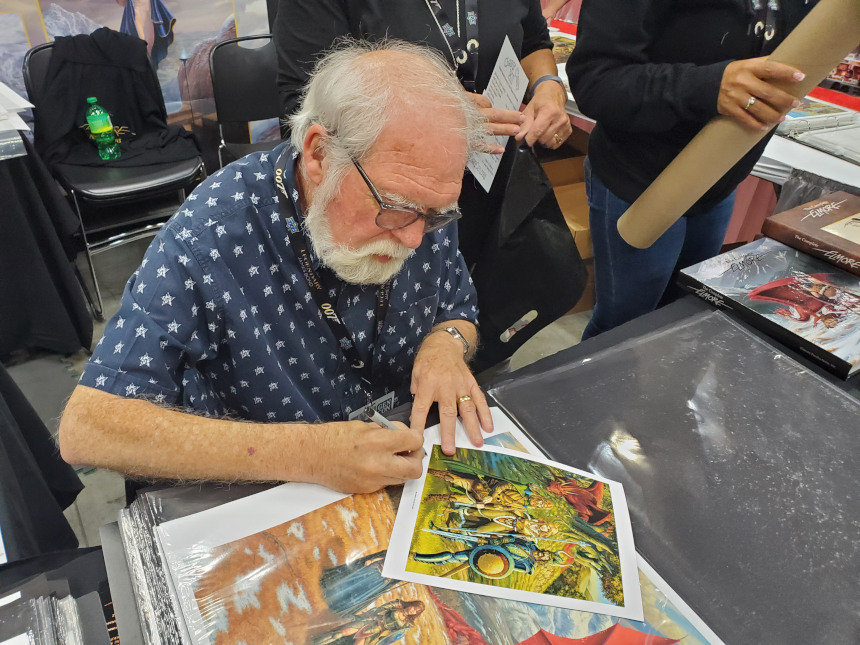
That’s because the idea and the essence of Gen Con is, simply, fun. How many things in our culture, at this precarious moment, can we say are just . . . fun? The list is, unfortunately, small. For 70,000 people to gather in one place and have a great time for four days isn’t just encouraging; it’s borderline miraculous. Maybe the lesson of Gen Con is that if more people just got together to do what they LOVE, instead of what they’re expected to do or obligated to do or made to do, then more people would have a better time. There’s no judgment at Gen Con. People get to be who they are, dress how they want, and play the games they like. Some people may dismiss that as childlike. That’s fine. We could use a little more childlike. American society lost its supposed innocence a long, long time ago. If we can get back a little bit of that spark of imagination, a little bit of that pure fun, even for just a little while, there’s never a way that can be a bad thing. In fact, that might mean that we’ve all won the game.
Featured Image: A diorama of the game Marvel: Crisis Protocol by Atomic Mass Games. (Photo by Troy Brownfield.)